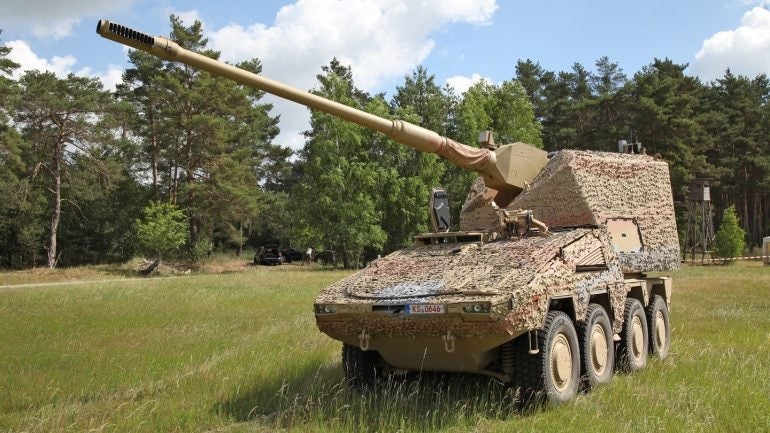Having spent years in opposition, the newly installed Labour Government now has to turn its attention to the affairs of state, among them securing the country’s military capabilities ahead of a seismic end to 2024 and righting the listing defence budget ship.
Speaking in April 2024, then Labour leader and now new Prime Minister Sir Keir Starmer said that his government intended to raise UK defence spending to 2.5% of GDP “as soon as resources allow”, in a visit to the BAE Systems submarine manufacturing facilities in Barrow-in-Furness.
UK defence budget spending breakdown

This did not go quite as far as the Conservative Party, whose 14-year rule has come to an end, which during the election campaign pledged to increase defence spending to 2.5% of GDP by the end of the decade.
Official UK Government figures show that in the 2023/24 financial year, the UK spent £54.2bn ($69.1bn) on defence, or around 2.3% of GDP.
Year 1: a new Strategic Defence Review
Outlining its stance on security, Labour has pledged to conduct a 100-day review to determine the main threats faced by the UK, in what could be a reset or general continuation of foreign policy and defence positioning.
In addition, the new Labour Government will conduct a Strategic Defence Review in its first year in power in order to “fully understand the state of our Armed Forces, the nature of threats we face and the capabilities needed”.

Launching its UK election manifesto in June, Labour noted that the “British Army has been cut to its smallest size since it fought Napoleon and one in five of the Royal Navy’s ships have been removed from service. Over 200 aircraft have been taken out of service in the last five years alone.”
Two key commitments were made, in ensuring the renewal of the Trident nuclear deterrent – served through the four Vanguard-class nuclear-powered ballistic missile submarines and the Dreadnought class replacements, and the nuclear-armed Trident II D5 ballistic missile – and continuing commitment to Ukraine.
UK MoD: dealing with the fiscal black hole
However, in the UK National Audit Office’s (NAO) December 2023 report into the Ministry of Defence’s (MoD) 2023-2033 Equipment Plan, it was stated that there was a significant gap between spending and available funding. In simple terms, unless more money is found, or things get cheaper, programmes will have to be cut.
According to the NAO, the MoD’s Equipment Plan 2023-2033 exceeded the then budget by £16.9bn, with costs estimated at the end of March 2023 of £305.5bn compared to a budget of £288.6bn. This figure represented a deterioration compared with the previous year’s Plan, for 2022 to 2032, in which the forecast costs were just £2.6bn less than the available budget.

Even with a prospective increase in UK defence spending to 2.5% of GDP by 2030, more than 22% of UK’s defence spending hike through the rest of the decade will go in covering funding shortfalls in existing programmes, Army Technology determined in April.
Of note, a May Ipsos poll found that, of a survey of 1,090 UK adults conducted between 3 and 5 May 2024, a plurality of 2019 Labour voters oppose an increase in defence spending, while a clear majority of 2019 Conservatives showed support.
Additional reporting by Alex Blair and Andrew Salerno-Garthwaite.









